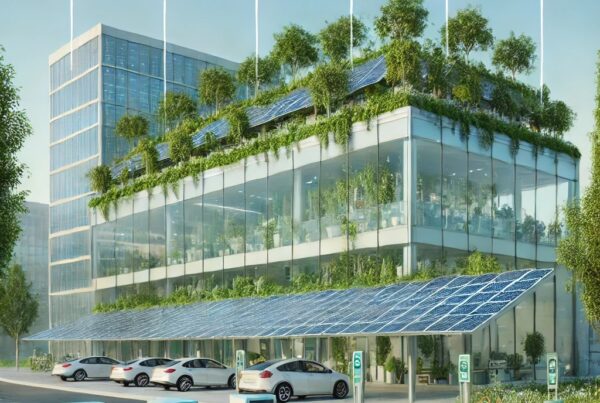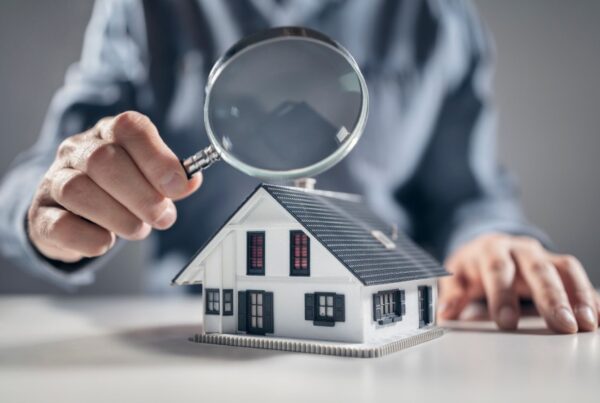Facilities Management (FM) is more than a behind-the-scenes operation—it’s a driving force for sustainability, resilience, and global betterment. By integrating eco-friendly practices into every aspect of building management, FM professionals are advancing all 17 UN Sustainable Development Goals (SDGs). From slashing carbon footprints to fostering thriving communities, FM’s role is both practical and profound. Let’s dive into how this industry is shaping a sustainable future, one building at a time.
🌍 Sustainable Operations: Slashing Energy, Waste, and Water Use
Buildings are energy hogs, responsible for 39% of global energy-related CO2 emissions (UNEP, 2023). That’s a massive footprint—but FM can shrink it. Smart retrofits—like upgrading HVAC systems, installing LED lighting, or optimizing insulation—can cut energy use by up to 30%. Take a mid-sized office building: a retrofit could save thousands of kilowatt-hours annually, translating to lower bills and fewer emissions.
But it’s not just about energy. FM tackles waste reduction by rolling out recycling programs and water conservation through low-flow fixtures and rainwater harvesting. These efforts tie directly to Affordable and Clean Energy (SDG 7), Responsible Consumption and Production (SDG 12), and Climate Action (SDG 13). Imagine the ripple effect if every commercial property adopted these practices—FM is turning that vision into reality.
♻️ Responsible Procurement: Building a Greener Supply Chain
The stuff buildings are made of matters. Responsible procurement—choosing ethical, sustainable suppliers—can slash supply chain emissions by 20% by 2030 (World Economic Forum, 2022). FM pros are leading the charge, opting for materials like recycled steel or bamboo flooring over resource-heavy alternatives.
Consider a real-world example: a facility manager sourcing furniture from a vendor using reclaimed wood not only cuts emissions but supports local economies. This aligns with Responsible Consumption and Production (SDG 12) and Decent Work and Economic Growth (SDG 8). It’s a win-win—lower environmental impact and a stronger supply chain story to tell tenants or stakeholders.
🏢 Healthier Workplaces: Elevating Well-Being and Productivity
A building’s vibe affects more than aesthetics—it shapes health and performance. FM enhances indoor air quality with better ventilation and low-VOC materials, boosting productivity by 8-11% (Harvard T.H. Chan School of Public Health). Picture an office where employees breathe easier, think clearer, and stay energized—FM makes that happen.
It goes beyond air. Inclusive design—like ramps or ergonomic workstations—supports Gender Equality (SDG 5) and Reduced Inequalities (SDG 10). Add wellness rooms or natural light, and you’re hitting Good Health and Well-Being (SDG 3). FM isn’t just maintaining spaces; it’s crafting environments where people flourish, which pays off in morale and output.
🌱 Carbon Footprint Reduction: Pioneering Net-Zero Solutions
Green buildings are booming, with the market expected to soar to $1.4 trillion by 2030 (MarketsandMarkets, 2024). FM is at the forefront, pushing net-zero strategies like solar panels, geothermal heating, and energy monitoring systems. Take a corporate campus aiming for carbon neutrality: FM might oversee a solar array that powers half the site, slashing fossil fuel reliance.
These moves fuel Climate Action (SDG 13) and Affordable and Clean Energy (SDG 7). They also appeal to eco-conscious tenants—think a tech startup leasing space because of your green creds. FM’s leadership here isn’t just technical; it’s a market differentiator in a world racing toward net-zero.
🏘️ Community Impact: Crafting Sustainable Urban Futures
By 2050, 68% of the global population will live in cities (UN, 2023). That’s a lot of pressure on urban infrastructure—but FM is ready. From energy-efficient high-rises to green public spaces, FM pros are shaping smart, sustainable cities. Picture a mixed-use development with solar-powered lighting and bike-friendly paths—FM keeps it running smoothly.
This ties into Sustainable Cities and Communities (SDG 11) and Partnerships for the Goals (SDG 17), as FM often collaborates with city planners and developers. It’s not just about one building; it’s about elevating entire neighborhoods, making urban life greener and more livable.
📖 New Standards, Bigger Impact
The recent ISO/TR 41019:2024 is a game-changer, offering a blueprint for aligning FM with global sustainability frameworks. It dives into practical steps—like integrating renewable energy or tracking emissions—that turn facilities into SDG champions. For instance, it might guide a facility manager to benchmark energy use against international standards, ensuring every decision ladders up to planetary goals. This isn’t theoretical; it’s a call to action, cementing FM as a strategic player in the sustainability arena.
The Big Picture: FM’s Growing Influence
FM’s reach is colossal—and it’s expanding fast. The market’s set to hit $2 trillion by 2027 (Statista), fueled by demand for sustainable, efficient spaces. This isn’t just about keeping lights on; it’s about reimagining how buildings serve people and the planet. Whether it’s cutting emissions, boosting worker health, or greening cities, FM pros are proving that operational tweaks can deliver outsized SDG wins.




